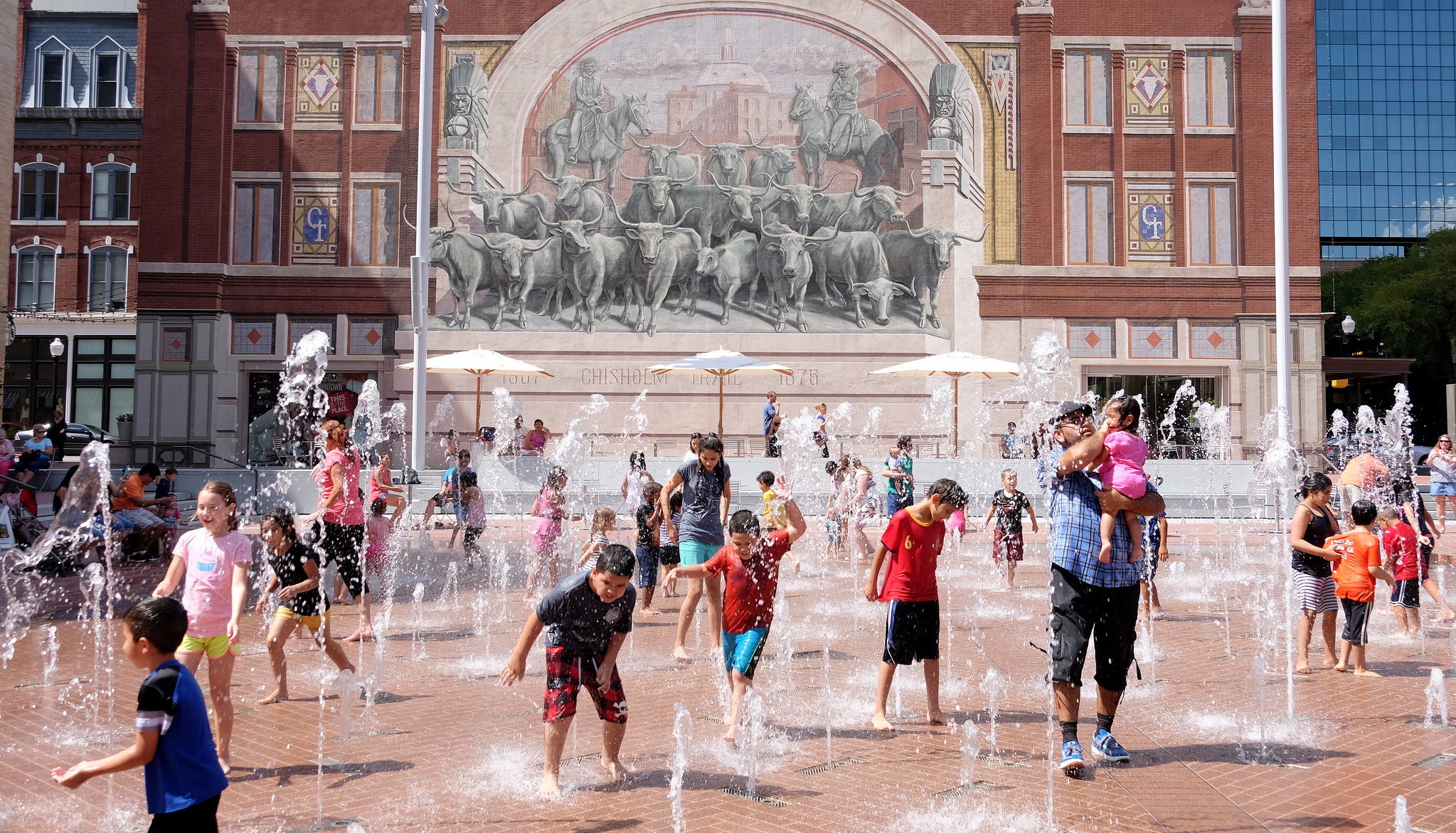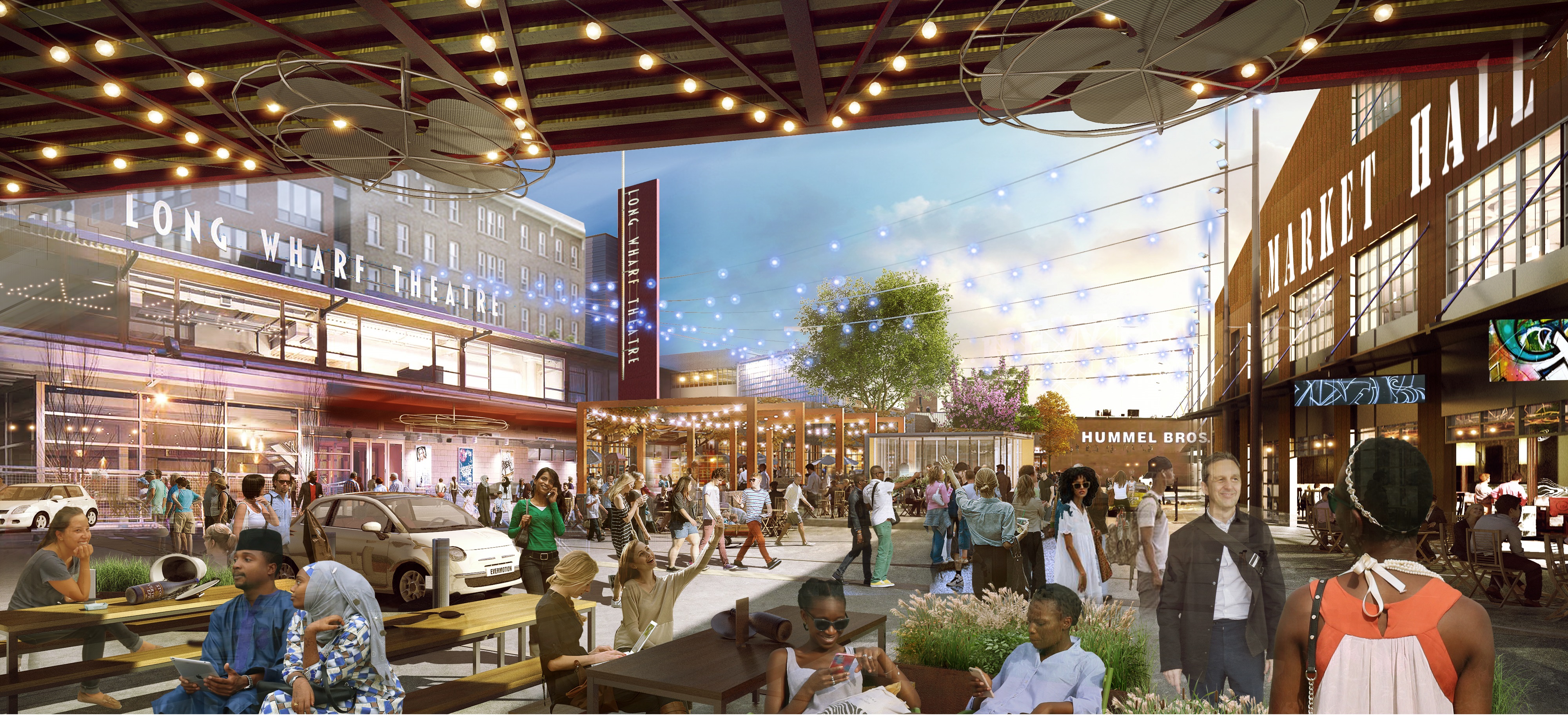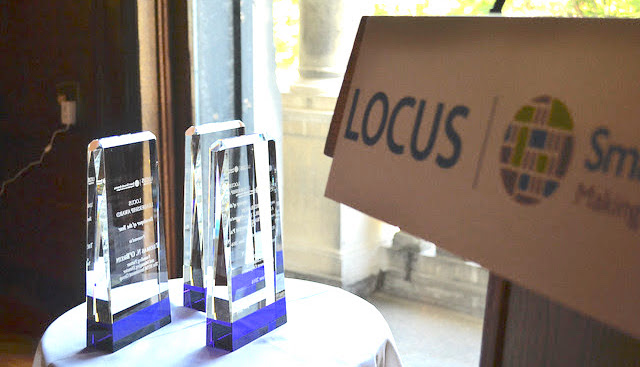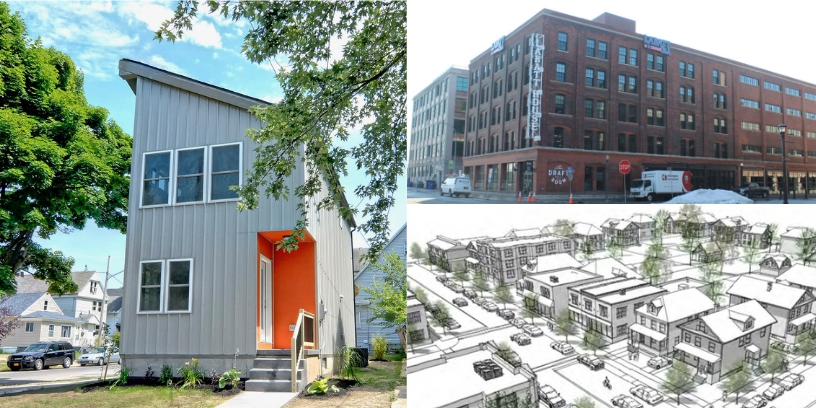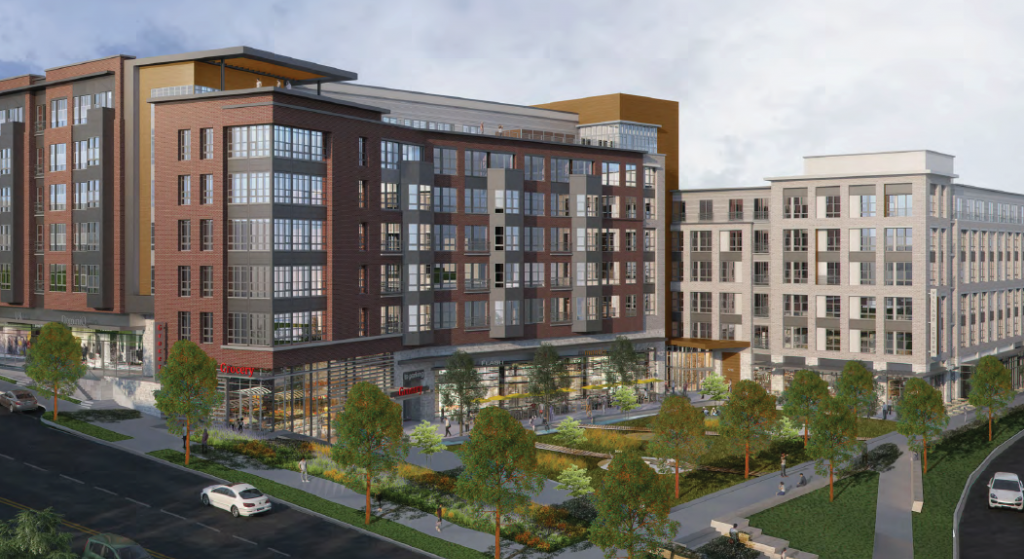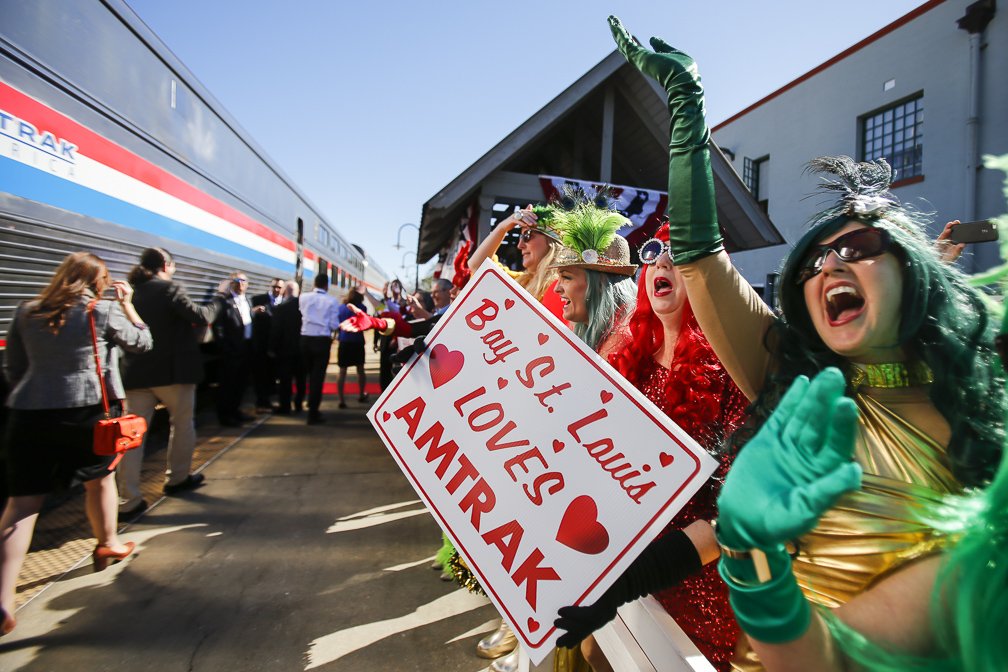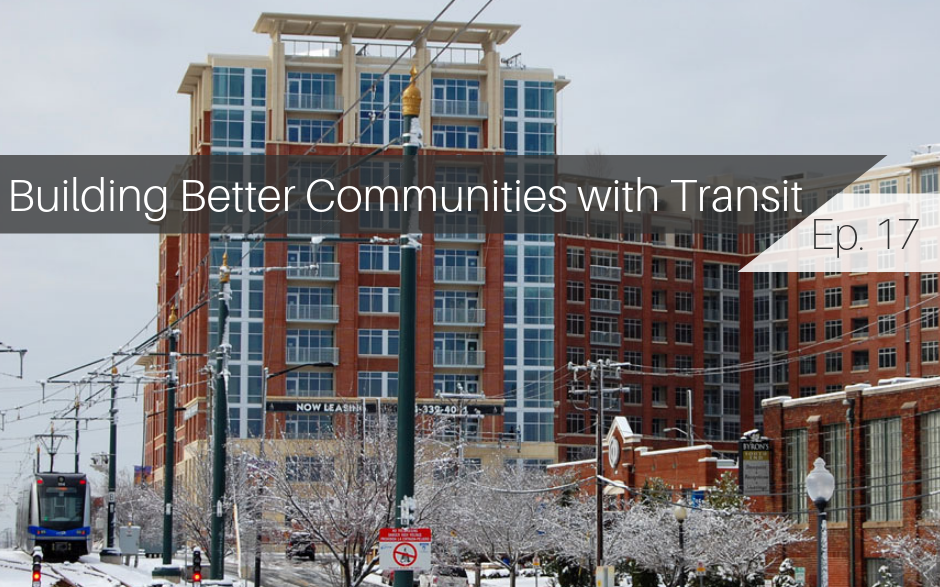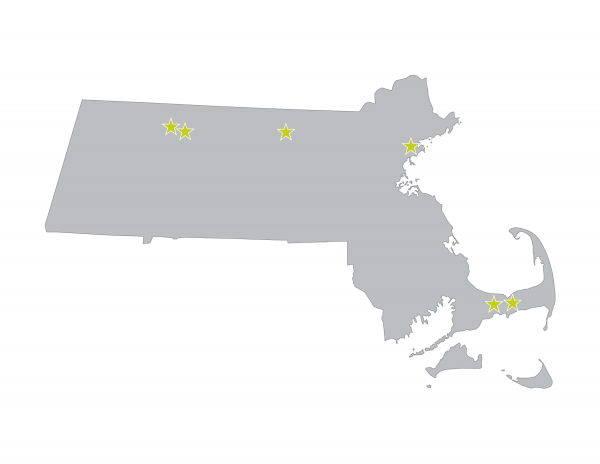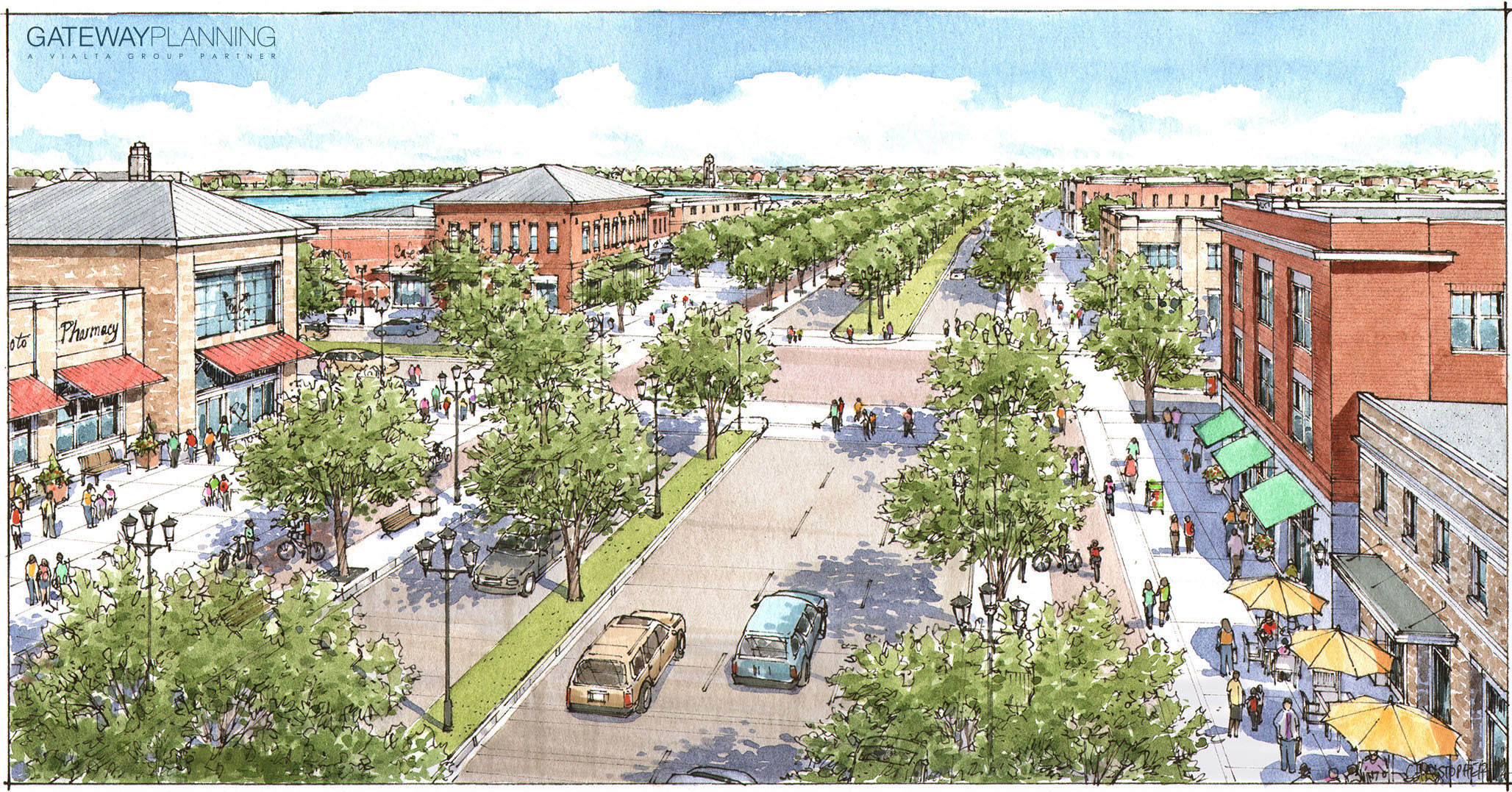Cities subsidizing sprawl will miss out on the benefits of walkability
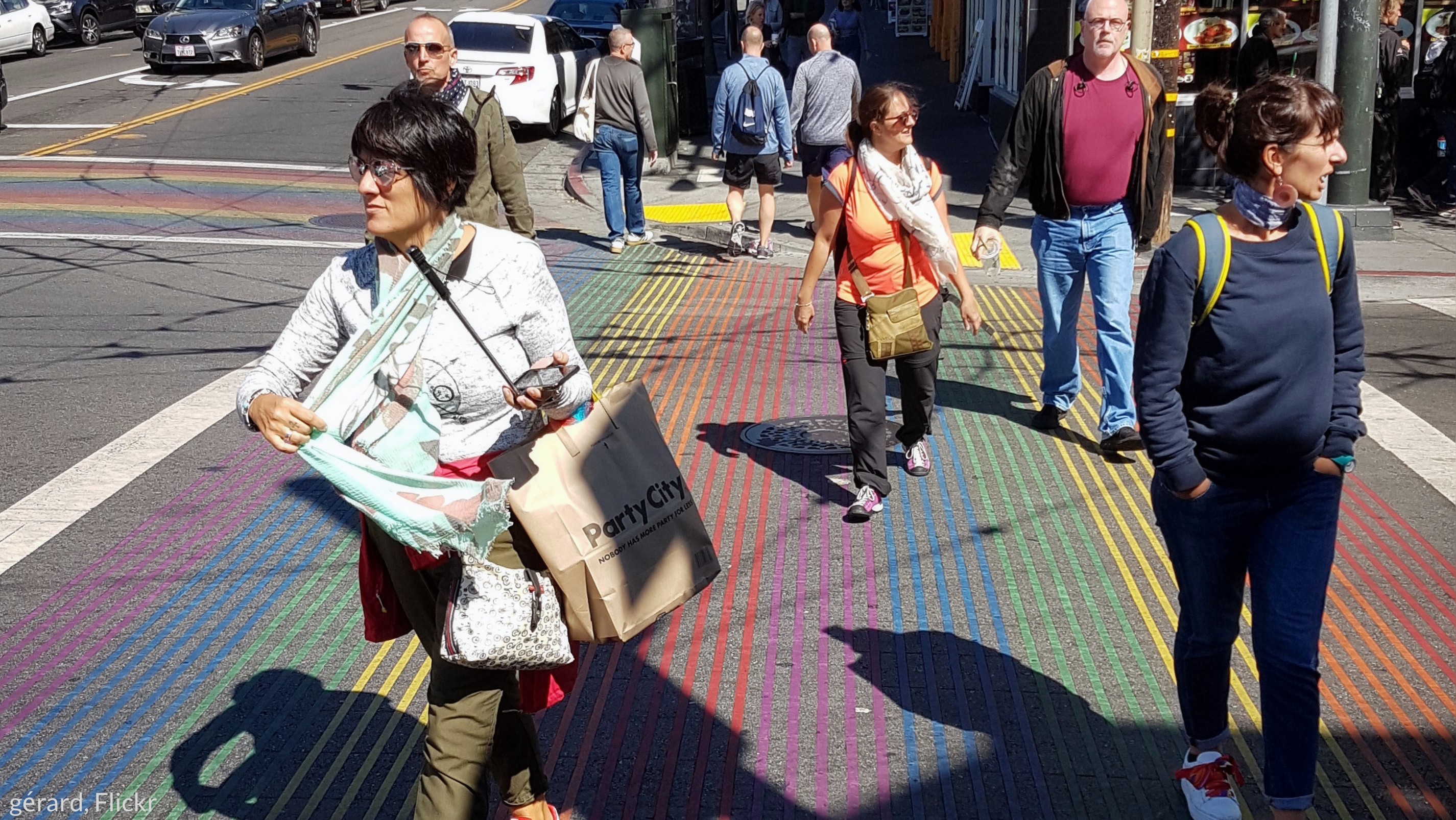
Our new Foot Traffic Ahead report shows that walkable neighborhoods are in high demand in all of the country’s biggest metro areas but also massively undersupplied, leading to price premiums that make it a challenge for everyone to experience the benefits of living in them.
